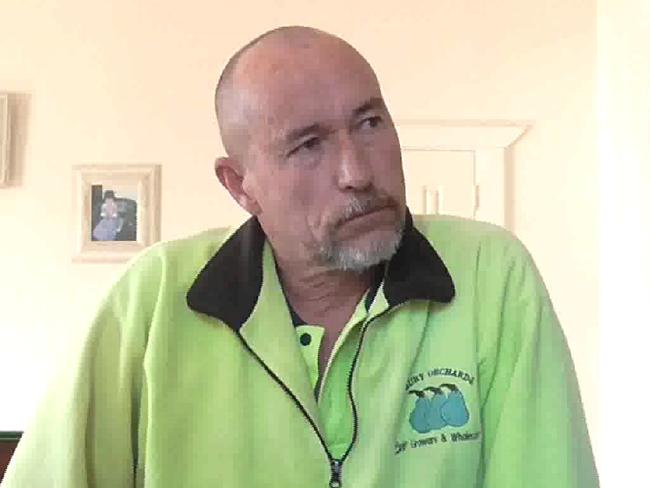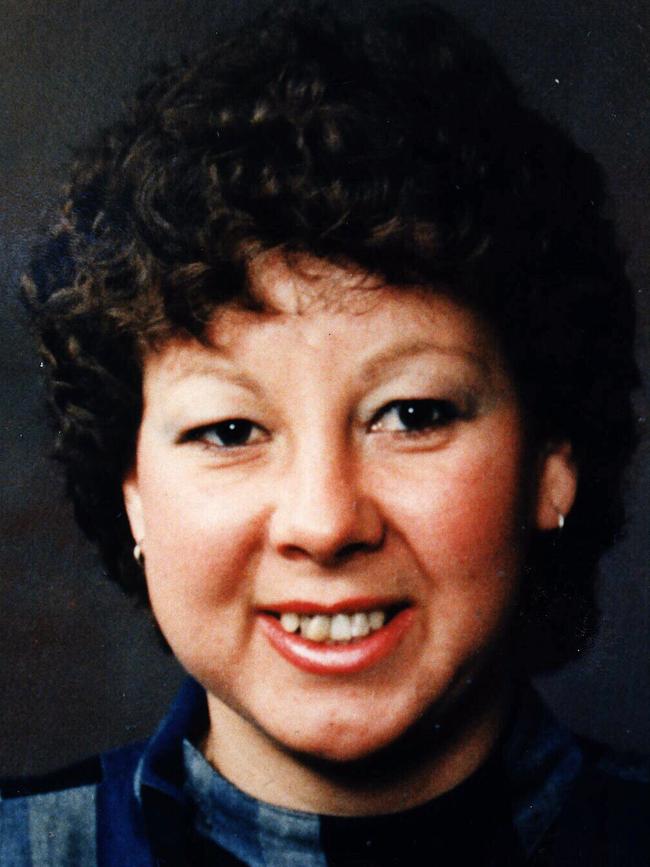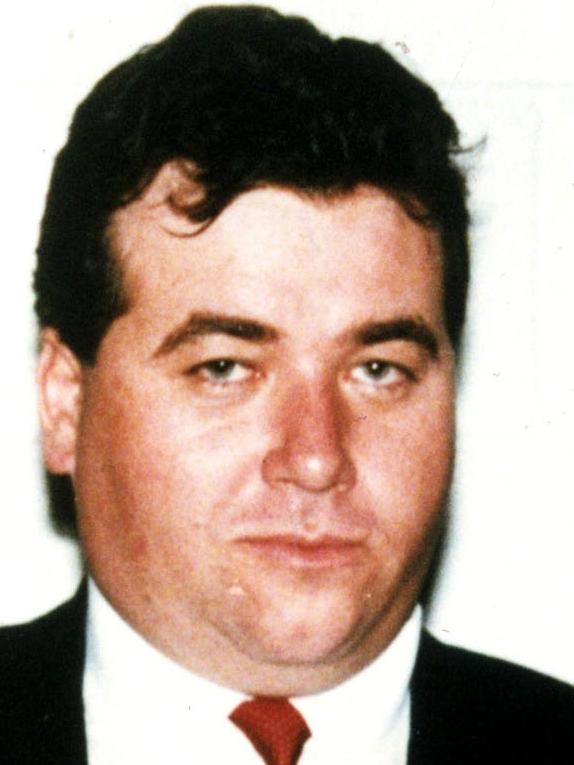Familial DNA match technology used in Suzanne Poll cold case murder was used to identify North Adelaide Rapist
A new DNA testing method is shedding light on long dormant cases as far back as the 1993 murder of Suzanne Poll.

Cold Cases
Don't miss out on the headlines from Cold Cases. Followed categories will be added to My News.
A DNA match which led to the arrest of a Victorian man for a 26-year-old cold case murder was discovered using the same technique which identified the North Adelaide rapist and linked a New Zealand man to the murder of Robert Sabeckis.
Familial DNA tests run by Forensic Science South Australia linked evidence found at the scene of Suzanne Poll’s murder in 1993 to the DNA of an offender recently added to the police database.
Further testing showed that the two DNA samples shared close family links, leading police to arrest a Victorian man who lived only 300m from the scene of the murder.
Director of Forensic Science SA Professor Chris Pearman said the same technique had been used previously in South Australia with ground-breaking results.
“It wasn’t until 2015 that we had real success with this technique and that was with the North Adelaide rapist,” Prof Pearman said.
“It was the first case in Australia where familial evidence was used to identify a suspect which led to an arrest.
“A similar process was used in relation to Mr Sabeckis. A person was arrested in NZ last year for that murder and we did familial work on that.”

The technique is time-consuming but has been shown to shed light on long dormant cases.
“We did a crime scene profile from the scene and uploaded it to the database,” Prof Pearman said.
“What we are looking for in the first instance is a direct match, that links the person on the database directly to the crime scene sample.
“In instances where there is no match we can run another search program called a familial match and that looks for either parent/child or sibling relationships between the crime scene sample and people on the database.
“So we are looking for people who might be biologically related to the crime scene sample.
“It is done by comparing two profiles, all that tells us is that these two people could be related and there are then further tests which we can do to determine whether or not they are related.”


Prof Pearman said the techniques used in Australia were different from those in the United States which had led to the arrest of a man believed to be the Golden State Killer who is linked to 13 murders and more than 50 rapes.
“The familial searches we do using criminal databases are completely different to what is going on in the US, so they don’t use the same technology,” Prof Pearman said.
“They use DNA panels which were designed to test people for diseases, they test tens of thousands of different sites on the DNA molecule. It is a technology which we simply do not use.
“The criminal database which is held nationally doesn’t use that technology and is probably not suitable anyway.
“You’ve got to get a profile from the crime scene which could be minute or degraded in some way and influence the amount of DNA available.
“In the case of the Golden State Killer they had quite a large amount of semen or blood to work with, but you are not able to do that in every instance.”
The DNA results led police to a 46-year-old Ballarat man who was living a short distance from the Sands & McDougall shop in John St, Salisbury where Mrs Poll was murdered on April 29, 1993.
On September 6 police took a DNA sample from the man which they say matches evidence taken from the crime scene.
Detectives will on Monday apply for his extradition to South Australia to face a murder charge.
